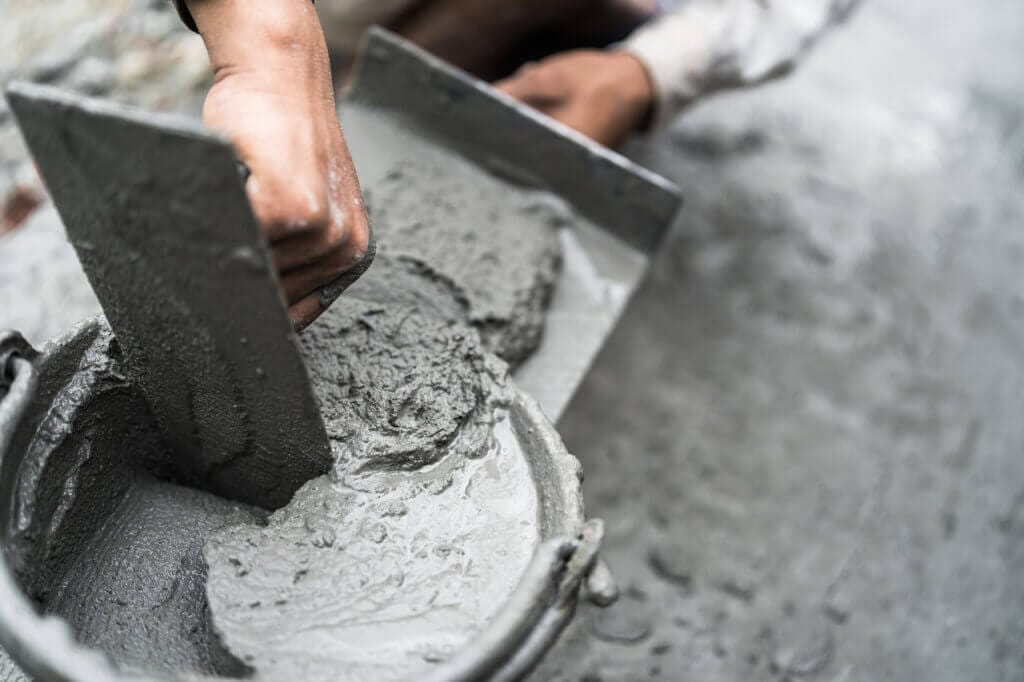- Israfan
- Posts
- Technion Scientists Create Bio-Based Alternative to Cement
Technion Scientists Create Bio-Based Alternative to Cement
New Israeli innovation uses photosynthetic microbes to create carbon-absorbing, eco-friendly construction material.

In a revolutionary step toward greener construction, scientists at the Technion-Israel Institute of Technology have unveiled a living building material that could one day replace cement one of the most environmentally damaging substances on the planet.
This cutting-edge material, developed through a collaboration between the Technion’s architecture and biotechnology faculties, uses photosynthetic microorganisms to bind sand into solid structures. Not only does it eliminate the carbon-heavy process of cement production, it actively absorbs carbon dioxide from the atmosphere.
At the heart of this innovation is CyanoGems, a research project that merges design, engineering, and environmental science. Currently featured at the Triennale Milano design exhibition in Italy, the project is drawing international attention as one of the most promising breakthroughs in sustainable architecture.
The material works by harnessing cyanobacteria microbes that perform photosynthesis to produce a sticky substance called biofilm. As they grow, they secrete calcium carbonate, the same mineral found in seashells and bones, gradually transforming loose sand into a hardened, stone-like material. This process occurs entirely at room temperature, eliminating the need for the high-heat, fossil-fuel-driven methods used in traditional cement production.
“The environmental impact is game-changing,” said Assistant Professor Shany Barath. “One ton of these microorganisms can absorb up to 1.8 tons of carbon dioxide.”
Even after it solidifies, the material continues to function as a living system. When exposed to sunlight, moisture, and CO₂, the microbes remain active and keep photosynthesizing, making the structure itself part of the planet’s carbon solution.
The research team including Prof. Yechezkel Kashi, PhD student Perla Armaly, master’s student Yuval Berger, and Dr. Lubov Illiasafov plans to scale up the technology to produce architectural components like bricks, wall panels, and cladding. These could be 3D-printed directly on-site, streamlining construction and slashing equipment costs.
Awarded the Climate Solutions Breakthrough Research Prize in 2024 by the Jewish National Fund of Canada and KKL-JNF, the innovation reflects Israel’s ongoing commitment to global environmental leadership.
This isn’t just science it’s a vision of how Israeli ingenuity can help heal the planet, one building at a time.
Support stories that showcase Israel’s environmental leadership share this article or subscribe to our newsletter today.